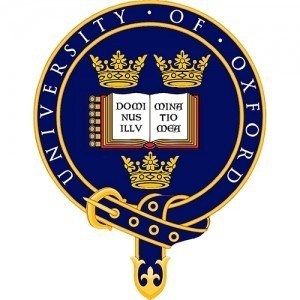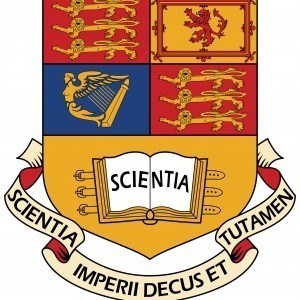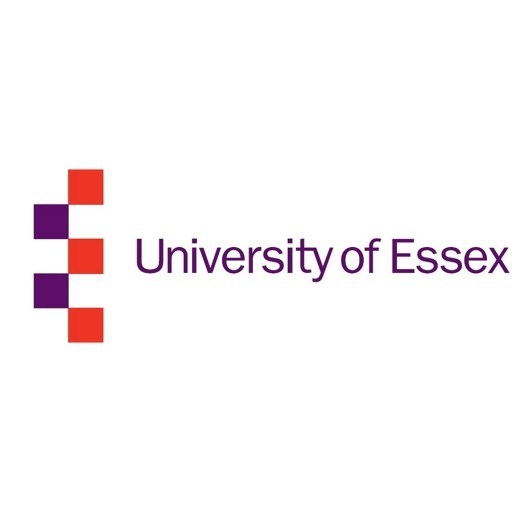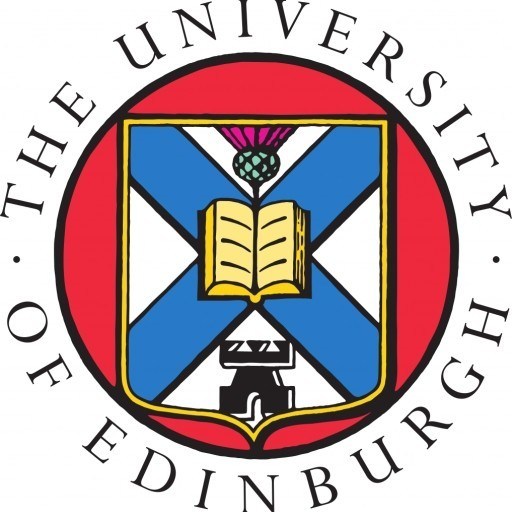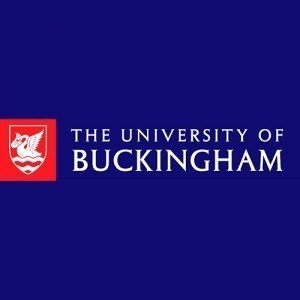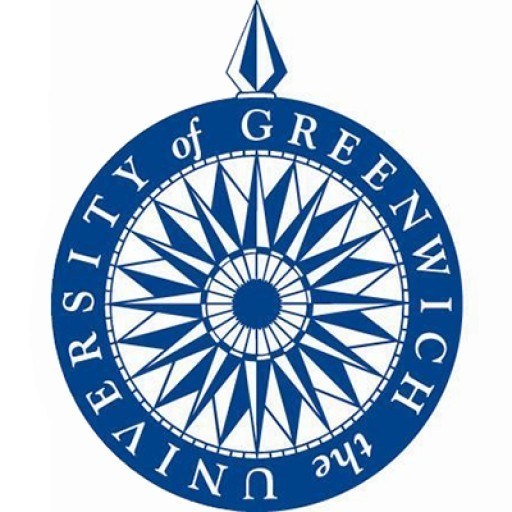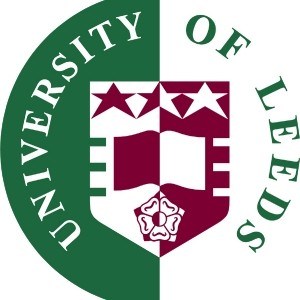Photos of university / #oxford_uni
This undergraduate degree program in Atomic and Laser Physics at the University of Oxford offers students a comprehensive and rigorous education in the fundamental principles and cutting-edge applications of atomic, molecular, and optical physics. The program is designed to provide a deep understanding of the physical laws governing atomic and subatomic particles, as well as the development and utilization of laser technologies in scientific research and industry. Throughout the course, students engage with a diverse curriculum that includes classical and quantum mechanics, electromagnetism, statistical physics, and advanced topics in laser physics and photonics.
Students will have the opportunity to participate in practical laboratory work, allowing them to gain hands-on experience with laser systems, atomic spectroscopy, quantum optics, and experimental techniques used in contemporary research. The program emphasizes both theoretical foundations and experimental skills, preparing graduates for careers in academia, research institutions, and high-tech industries. In addition, students can explore specialized topics such as nonlinear optics, ultrafast laser physics, atomic traps, and quantum information science, fostering a versatile skill set adaptable to emerging technological fields.
The program also encourages collaborative projects, seminars, and research placements, providing a stimulating environment for intellectual growth and innovation. Students will benefit from Oxford’s state-of-the-art facilities and expert faculty actively involved in pioneering research. By the end of their studies, graduates will possess a thorough understanding of atomic and laser physics principles, proficiency in experimental techniques, and the analytical skills necessary to contribute to advancements in science and technology. This program is ideal for students passionate about exploring the fundamental questions of nature through the lens of atomic and laser physics and motivated to apply their knowledge to real-world challenges.
Research in atomic and laser physics (ALP) involves some of the most rapidly developing areas of physical science and ranges from the fundamental physics of quantum systems to interdisciplinary application of lasers. The themes include the following, using both experiment and theory:
- quantum computation
- quantum cryptography
- quantum chaos
- quantum memories
- optical manipulation of cold atoms and molecules
- ultra-cold matter
- Bose-Einstein condensations
- optical lattices and quantum simulations
- ions traps and entanglement
- non-linear optics
- cavity quantum electrodynamics
- quantum optics
- high-intensity laser interactions
- ultra-fast X-ray science
- laser-plasma science
- attosecond optics
- optical metrology and precision spectroscopy
- fundamental tests of QED
- femtosecond combs
- EPR and NMR for QIP
- laboratory astrophysics
At graduate level, the department primarily offers the DPhil research degree (equivalent to a PhD). In very exceptional cases, it may be possible to do an MSc by Research in Atomic and Laser Physics. There is no graduate taught master’s course in ALP.
The DPhil is a research degree and you normally start working on your main research project as soon as you arrive. A list of current projects is available on the ALP website.
In parallel with your project, you will be expected to attend a taught course in atomic and laser physics in the first year, comprising lectures, seminars and discussion classes at graduate level. Depending on your level of knowledge, the department may also require you to attend lectures in the final year (master’s-level) undergraduate course at Oxford. Continuation beyond the first year is dependent on successful participation in the graduate course and on original research documented by a written report. Examination of the research element is by viva at the end of the first year.
The ALP sub-department provides a detailed timetable and syllabus list for the graduate class. Topics covered include:
- basic light-matter interaction
- photonics and quantum optics
- laser-plasma interactions
- quantum information processing and communication
- trapped particles and quantum gases
- high energy density science
Some subjects, such as laser-plasma interactions and high energy density science, are taught across a number of sub-departments.
In addition, the sub-department's journal club focuses on recent research highlights in atomic and laser physics, quantum technologies, and laser-plasma interactions. Active participation is compulsory for first year graduate students. Many other opportunities exist to attend training courses outside the sub-department.
Applicants are normally expected to be predicted or have achieved a first-class or strong upper second-class undergraduate degree with honours (or equivalent international qualifications), as a minimum, in a relevant subject (normally physics or mathematics).
Normally, as a minimum, your undergraduate degree should be an Honours degree at the level of a UK MPhys degree (four years of undergraduate study in England, Wales or Northern Ireland, five years in Scotland) or the equivalent for non-UK applicants.
For applicants with a degree from the USA, the typical minimum GPA sought is 3.3 out of 4.0. However, selection of candidates also depends on other factors in your application and most successful applicants have achieved higher GPA scores.
Entrance is very competitive and most successful applicants have a first-class degree or the equivalent.
If you hold non-UK qualifications and wish to check how your qualifications match these requirements, you can contact the National Recognition Information Centre for the United Kingdom (UK NARIC).
No Graduate Record Examination (GRE) or GMAT scores are sought.
- Official transcript(s)
- CV/résumé
- Research proposal: Around one to two pages
- References/letters of recommendation: Three overall, all of which must be academic
ENGLISH LANGUAGE REQUIREMENTS
Standard level
|
est |
Standard level scores |
Higher level scores |
||
|
IELTS Academic |
7.0 | Minimum 6.5 per component | 7.5 | Minimum 7.0 per component |
|
TOEFL iBT |
100 |
Minimum component scores:
|
110 |
Minimum component scores:
|
| Cambridge Certificate of Proficiency in English (CPE) | 185 |
Minimum 176 per component |
191 |
Minimum 185 per component |
| Cambridge Certificate of Advanced English (CAE) | 185 |
Minimum 176 per component |
191 |
Minimum 185 per component |
The University of Oxford offers various funding options for students enrolled in the Atomic and Laser Physics postgraduate programmes. These opportunities are designed to support students financially throughout their studies and include a wide range of scholarships, grants, and bursaries. Students are encouraged to explore university-wide financial aid, which often covers tuition fees and living expenses. For international students, there are specific scholarships such as the Clarendon Fund, which provides competitive funding based on academic excellence and leadership potential. Additionally, departmental funding opportunities are available, including research grants and assistantships that support students engaged in active research projects. Applicants are advised to check eligibility criteria carefully and apply promptly, as many funding schemes have specific deadlines. The university also offers prestigious scholarships like the Rhodes Scholarships, which are highly competitive and cover full costs of study for exceptional students from select countries. External funding sources can also be sought, including government scholarships, private foundations, and industry-sponsored bursaries that support research in atomic and laser physics. Students are encouraged to consult the university’s dedicated financial aid office for detailed information and application guidance. Financial support is often awarded based on academic merit, research potential, and financial need. Many students secure a combination of university and external funding to fully finance their studies. The university’s commitment to accessible education means that students are provided with comprehensive financial planning resources and support services. Overall, students in the Atomic and Laser Physics programmes have a variety of options available to ensure that financial barriers do not impede their pursuit of advanced studies in this cutting-edge field.
The MSc in Atomic and Laser Physics at the University of Oxford offers a comprehensive postgraduate education in the fundamental principles and advanced applications of atomic, molecular, and optical physics. This program is designed for students who have a strong background in physics and are interested in exploring the latest developments in laser technology, quantum optics, atomic physics, and related fields. The curriculum combines rigorous coursework with practical laboratory experience, allowing students to develop both theoretical understanding and experimental skills.
Throughout the course, students gain knowledge about laser physics, quantum mechanics, atomic interactions, and modern instrumentation techniques. The program emphasizes the application of laser technologies in different scientific and industrial contexts, including quantum computing, precision measurement, spectroscopy, and quantum information science. Students also have the opportunity to undertake a research project supervised by leading experts in the field, often leading to contributions in academic publications or presentations at international conferences.
The learning environment at Oxford is characterized by small class sizes, close interactions with academic staff, and access to state-of-the-art laboratories. The program is designed to prepare graduates for careers in academia, research institutes, high-technology industries, or further doctoral study. Students also benefit from the university’s extensive resources in physics, including seminars, workshops, and collaborative opportunities with other research groups.
Career prospects for graduates of this programme are excellent, given the high demand for specialists with expertise in laser and atomic physics. Many alumni pursue PhDs, join cutting-edge research teams, or work in sectors such as aerospace, medical technology, or defense. The program provides not only advanced technical skills but also critical thinking, problem-solving, and independent research capabilities essential for scientific careers. Overall, the MSc in Atomic and Laser Physics at Oxford offers a rigorous, research-driven pathway for aspiring physicists committed to advancing the frontiers of science through the development and application of laser and atomic technologies.
